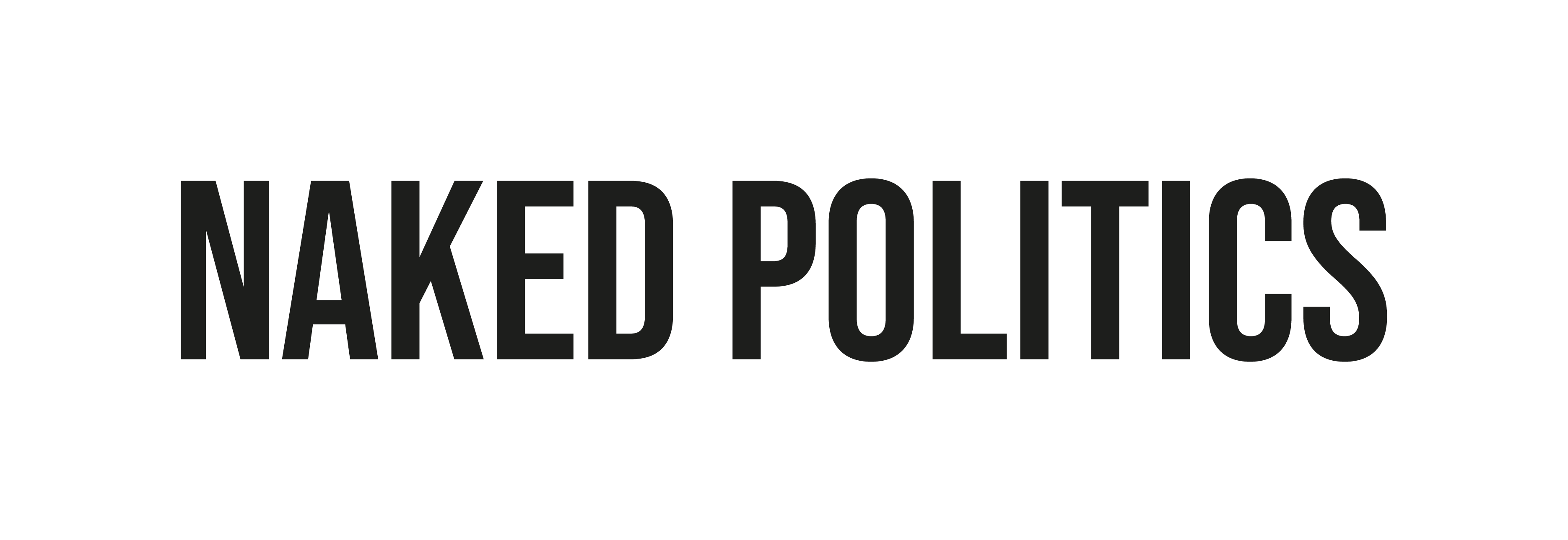Samuel Young
Naked Politics Blogger
Following a fan-led petition signed over 112,000 times, safe standing at football matches in England’s top two divisions will be discussed in Parliament on the 25th June 2018.
For those who are not football fans, it’s worth looking at the historical context of this issue. The Football Spectator’s Act 1989 prohibited standing at football matches in response to the Taylor Report that followed 96 deaths in the infamous Hillsborough Disaster.
The issue has been fairly dormant since this legislation but has gathered pace in recent years. Scottish giants, Glasgow Celtic, introduced a safe standing corner of the stadium and this summer English League One side, Shrewsbury, will introduce 500 ‘rail seats’ to their ground, the New Meadow. This progression, however, hasn’t yet reached the top two divisions.
As recently as April this year the Government rejected a proposal by the then Premier League club, West Brom, to introduce 3,600 rail seats at their stadium, The Hawthorns. Sports Minister Tracey Crouch’s decision was described by the Football Supporters’ Federation as a “declaration of war on fans”.
1) Safe Standing is SAFE
The clue is in the name. The proposed solution is a far cry from the terraces of the 20th century, incorporating Rail Seats, which avoid the old capacity issues by providing each person with their own individual seat and leg room. The seats are linked by a metal frame that also provides a waist-high rail for the fans in the row behind to lean on.
Alongside Celtic and Shrewsbury, around half of the top division sides in Germany also use this type of system. No safety concerns have surfaced at any of these grounds, so they must be considered a success.
2) It is safer than the current system
Not only is the new proposed rail seat system safe, it is actually much safer than the current system. Despite standing been outlawed, it still happens. The vast majority of away fans and pockets of home fans completely ignore the rule.
In all-seater stadia, this is very unsafe. If anyone was to fall forward they would have nothing to break their fall except for the people that stand in front of them – an issue that is exacerbated by the seat in front of each row acting as a tripping hazard. This would be remedied by the waist-high rail used in safe standing areas.
Mark Miles, the director of operations for West Brom, told the BBC following the rejection of their safe standing proposal that it, “prevented the club from creating a safer environment for supporters”. This was echoed by the Shadow Sports Minister Dr Rosena Allin-Khan who, during Labour’s announcement to support safe standing, said that “the current system isn’t working, people are standing in unsafe seated areas, and accidents can happen.”
3) It helps fans that want to sit down.
Many of the aforementioned away fans stand through necessity rather than by choice. If there was a designated standing area, those who want to stand could go there without blocking the view of those who would rather sit down elsewhere. This will make football much more inclusive to young and old people who may struggle to stand for a full ninety minutes.
4) It helps the clubs
The impact this could have on the football clubs themselves is also significant. Modern, all-seater stadiums are often criticised for lacking atmosphere. It is the standing away fans and ‘singing sections’ of home supporters that consistently create the best atmosphere. This is mainly down to the fact that it is easier to sing and get involved when standing up. If large sections of the crowd were legally allowed to do this, the atmosphere would improve and so too would the product that the clubs are selling, both through higher ticket sales and through more lucrative deals with TV channels bidding to broadcast games.
The 25th June debate provides a real chance for the Government to make a meaningful change in the way football fans enjoy the beautiful game. They can create a modern, safe and atmospheric environment that benefits all those involved.

